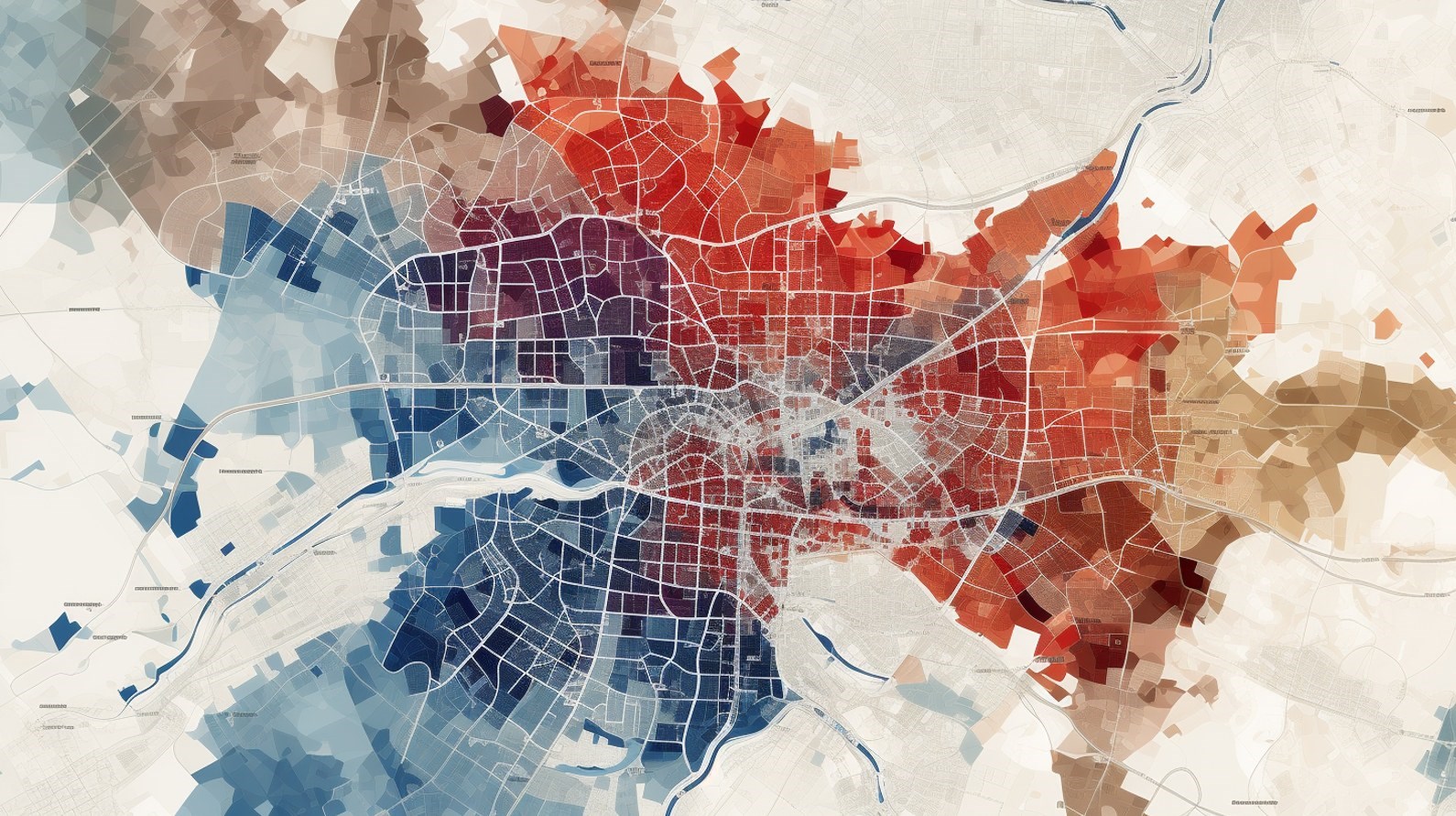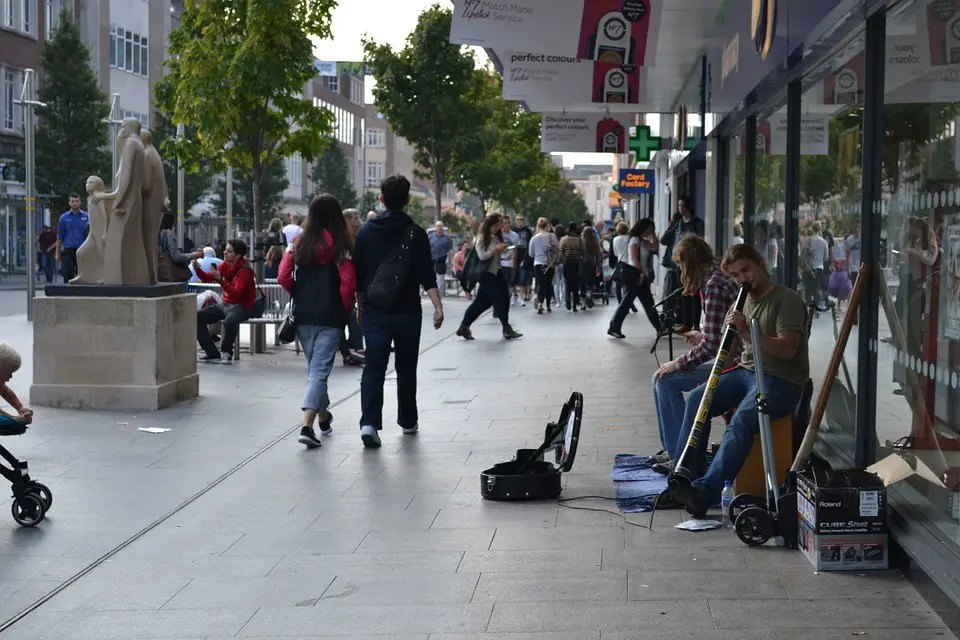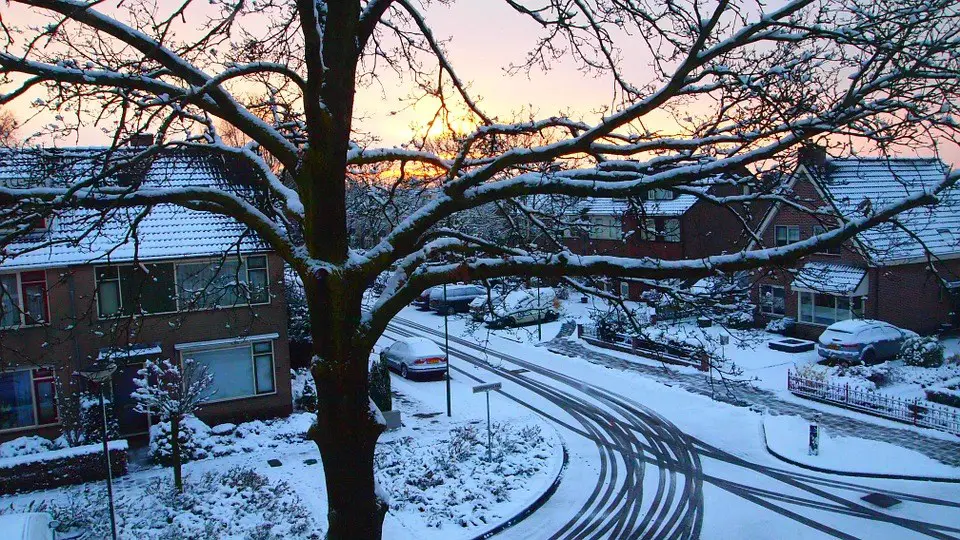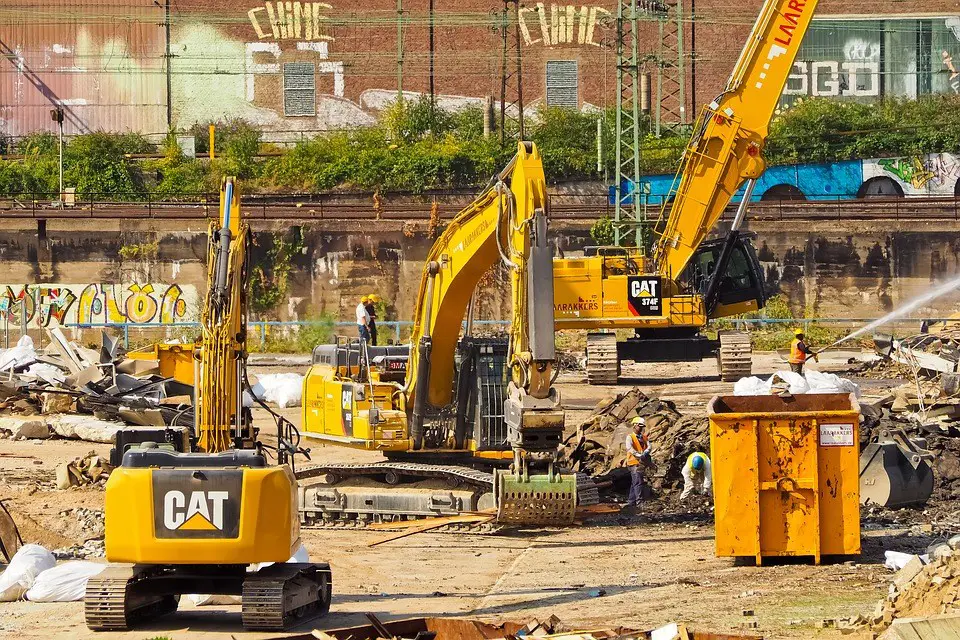exeter Postcodes

 Contains Ordnance Survey and Royal Mail data © Crown copyright and database right.
Contains Ordnance Survey and Royal Mail data © Crown copyright and database right.
Exeter Outward Postcode (EX)
Click on an outward postal code below for more information about the area.
Each 'outward' postcode give you a comprehensive list of all postcodes within the outward code area (EX) and estimated address.
Click on an 'outward' code for more information. For example, the outward postcode page 'EC2M' will give you an alphabetical list covering all postcodes located in the region, from 'EC2M 1BB' through to 'EC2M 7YA'.

Along with its neighbor Cornwall, Devon seems to be the one region of the UK seemingly designed to appeal to tourists and holidaymakers. Quite apart from the (ever so slightly) Mediterranean climate, Devon has some of Europe's best coastline (for sheer variety) and a magnificent landscape of rolling farmland and fields, steep craggy hills, wild and awe-inspiring moorland as well as the obligatory white sandy beaches and waves made for surfing.
In addition it offers history buffs a wealth of sites from country houses and gardens to dramatic castles and from stately homes to ancient monuments.
Because the county has been inhabited since Paleolithic times there are numerous excavated sites worth visiting. In addition there are stone circles dating back to Celtic times (when the area was known as Dumnonia) and the city of Exeter features a seemingly never-ending supply of reminders of its importance during the Roman occupation.
Towns such as Tavistock and Totnes are also packed with historical sites and there are buildings that have been there since before the Norman Conquest. Also worth a visit are Buckland Abbey (home of Sir Francis Drake) and Buckfast Abbey where monks have been producing both stained glass and tonic wine for hundreds of years.
Of course most people head to Devon for the scenery, to visit the never ending supply of breathtaking views and vistas; from Devon's section of England's only natural UNESCO World Heritage Site, the Jurassic Coast, to miles upon miles of rolling hills, upland forests and rugged stone as well as endless beautiful and rustic farmland.
Most exhilarating of all is Dartmoor National Park, covering 370 square miles and offering some of the most spectacular terrain in the UK if not Europe. From wild moorland to wild ponies, this is a special and unspoiled place and somewhere everyone should visit at least once in their lives.
The Exeter postcode region (EX) contains 33 unique 'outward' codes. Exeter is the main postal town/district for this region, with all postcodes starting with the following outward codes.
This page contains a list of postcodes for Exeter area. Select a postcode to see the map location, demographics, house prices, local information, tourist guides and statistics:
Local demographics, guides and information
There's plenty of local information, guides and useful data to browse and explore, whether you're a Exeter resident or a visitor to the area.
Scroll down to discover all you need to know about the Exeter postcode area.
The EX postcode includes the following local authorities:
- Cornwall,Isles of Scilly
- East Devon
- Exeter
- Mid Devon
- North Devon
- South Somerset
- Taunton Deane
- Teignbridge
- Torridge
- West Devon
- West Dorset
- West Somerset
Local News Devon
Specialist teams make faulty oxygen tank at sewage plant safe
Police and fire crews rushed to the scene this morning following reports of an oxygen tank leak at a sewage plant
Plymouth LiveTravel chaos expected as fresh wave of strike to hit region
Few trains are expected to run over the weekend as CrossCountry and Great Western Railway train drivers go on strike
Plymouth LiveDevon and Cornwall Police and Crime Commissioner candidate list confirmed
The confirmed list of candidates for the election, which takes place on Thursday, May 2, have been released.
Devon LiveTavistock Road crash leaves motorcyclist seriously injured
The collision involved a car and a motorcycle and happened on Friday afternoon.
Plymouth LiveSouth West Water confident there will be no hosepipe ban this year
South West Water is confident there will be no need for hosepipe bans in either Devon or Cornwall this year, even if we see prolonged periods of hot and dry weather
Plymouth LiveLive: Air ambulance lands in Plymouth park amid emergency incident
Devon Air Ambulance has landed in Victoria Park this morning (Friday, April 5)
Plymouth LiveTributes paid to Plymouth sporting legend Chris U'ren
Chris U'ren captained Plymouth CC for more than a decade in the 1960s and 1970s and led them to victory in the 1966 Devon Cup final.
Plymouth LivePlymouth is now set to have hundreds of new homes
Planning permission granted for 223 properties at Saltram Meadow
Plymouth LiveSpending a fortune on conveyancing?

Compare instant, low-cost online quotes from trusted conveyancing solicitors.
Backed by experts, our no-obligation service searches through the best conveyancing quotes on the market to save you time and money.
From the Postcode Area blog

Deciphering Crime Rates - a Deep Dive Into UK Postcode Analysis
Ever wondered about the crime rate in your UK postcode? You're not alone. We've dug deep into the data, uncovering trends and patterns that'll make your head spin.

Death of the High Street?
The BBC reports that despite councils' attempts to kurb them, the UK's high streets have seen a huge growth in fast food outlets. Could this mark the death knell for the Great British high street, and what can we do about it to halt its decline?

Discrimination by Postcode
You really couldn't make it up, could you? Some of the country's most vulnerable people are missing out on their weekly £25 Cold Weather Payment, just because the system that's in operation is discriminating against them because payments are based on postcode, rather than geographic location.

The Redesign is Underway
Well, the current website was absolutely in dire need of a good redesign - from the ground up. So I set out to pull it all apart and get it up and running again to become the most comprehensive guide to every postcode in the UK. And it's been a long, tough job from start to finish - and quite possibly the biggest project I've ever undertaken.
About Us
Postcode Area helps people in all areas of the UK to locate and find postcode data and information for cities and towns in England, Scotland, Northern Ireland and Wales.
Share and Share Alike
Find this information useful? Don't keep it a secret - spread the word.
© Postcode Area / CliqTo Ltd and Chris Haycock. Registered company number 7575287.
Unit 8 Palmbourne Industrial Park, Castle Street, Stafford, England, ST16 2TB,
UNITED KINGDOM.